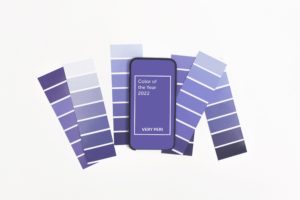Color and Contrast Resource for Wayfinding Signage Solutions

A recent post titled “Signage and color contrast” on the blog Design Work Plan (dwp) did a really nice job of explaining the basics of color and contrast and how it impacts wayfinding signage solutions. What we really like about the post is how it breaks down key colors and provides a simple explanation of the color’s general meeting and where and why it is used in wayfinding solutions and how colors should be integrated into architectural signage solutions. The explanations and illustrations help us understand that a color’s meaning and how we tend to interpret that meaning is in the eye of the beholder.
We recently posted a similar piece titled Applying Clarity to ADA Signage Contrast Requirements, which talks about the new 2010 ADA Guidelines and how color and contrast are addressed by the Department of Justice and the ANSI committee. Here are some key excerpts:
“I thought the ADA mandates a minimum 70% contrast level for signage, but I don’t see this percentage noted in the new ADA standards. Where is it?”
This is a great question because it represents a common misconception regarding ADA signage guidelines. In fact, following is the exact verbiage from the 2010 ADA Standards for Accessible Design pertaining to signage contrast:
“Characters and their background shall have a non-glare finish.”
“Characters shall contrast with their background with either light characters on a dark background or dark characters on a light background.”
Another great resource for determining color contrast is ASI’s LRV calculator. Click here to see and launch the LRV calculator.


2 Comments
Leave your reply.